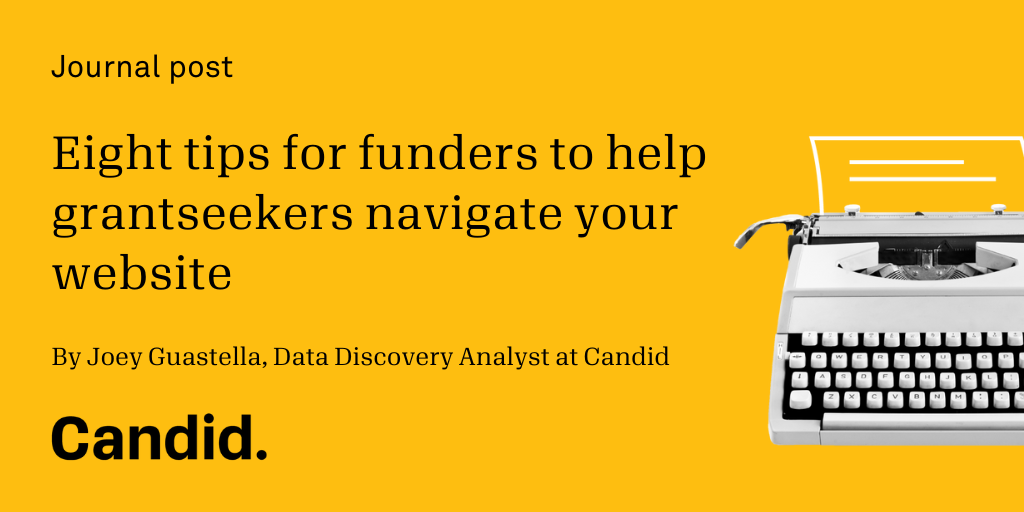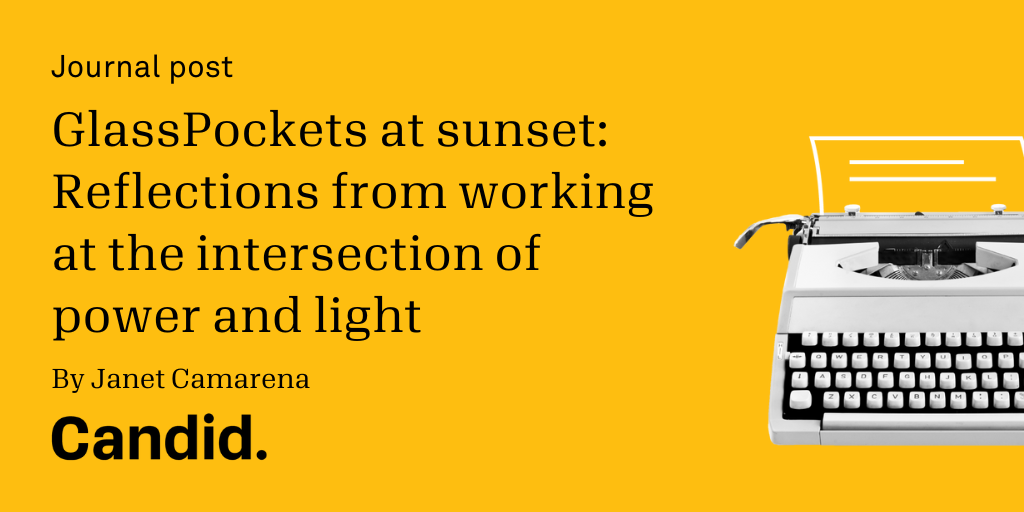A Dash of Diversity and a Cup of Reality
(Dolores Estrada is director of grant operations at The California Endowment, a health foundation established in 1996 to address the health needs of Californians.)
Editor’s Note: In the near future, our “Who Has Glass Pockets?” transparency assessment will include an additional data element related to diversity. We will continue to track which foundations have values statements related to diversity and inclusion, and we will also be adding a transparency element indicating which foundations openly share diversity data about their staff and board. Currently, relatively few foundations provide diversity head counts, with only 5 out of 77 profiled foundations sharing that data publicly. The California Endowment recently completed and posted its annual Diversity Audit, so we invited its team to draft a series of posts explaining why and how they share this information. This is the second post in the series, and the first post appears here.
At The California Endowment (TCE), our commitment to diversity, equity, and inclusion (DEI) is strong. It is driven by a fundamental belief that we cannot achieve our mission of improved health for Californians unless every segment of our community participates in advancing solutions. This commitment to diversity created a guiding framework for our organization. It also set the stage for what we now call an authorizing environment, which means permission to talk about and engage in diversity-related work with the Foundation as leverage. This space also allows us to gather information on the governance, management, and staff composition of our community partners which, in turn, helps to ensure that TCE holds itself accountable to our diversity and inclusion goals.
Timing, as they say, is everything. In 2010, TCE transitioned to our 10-year Building Healthy Communities (BHC) strategy. The planning and implementation of BHC was the perfect time to embrace our values through meaningful collection and use of diversity data. Our recipe for moving forward had a pinch of confidence, a dash of diversity, doused with a cup of reality.
Over the course of the last five years, as the manager of grants administration, I have had the task of operationalizing our institutional values of diversity, equity and inclusion into our paperless grantmaking and grant administration. Although The California Endowment has held to these values since inception, we needed clarity on the mechanics of how collecting data would help us with our mission. We have the resources and technology to collect the data, but when diversity principles and values meet reality, it gets a little complicated. We discovered that when it came to incorporating DEI practice in our grantmaking and grant administration, we knew the outcomes we wanted, but had no clear, easy recipe to get there.
Being an advocate of diversity, equity and inclusion has meant being prepared to embrace failure as a pathway for future success. Promoting and practicing DEI is not simple. It requires planning, patience, and a willingness to openly share and learn from our failures. And boy have we shared a lot!
We started with voluntary applicant diversity data questionnaires attached to our online applications. Our diversity questionnaire was crafted with care to ensure that we were using the correct terminology to capture the information we needed. We asked for diversity information on the board of directors, executives, and staff of our grantee organizations and stored it in our grants database.
Being an advocate of diversity, equity and inclusion has meant being prepared to embrace failure as a pathway for future success.
Bam! Our first clue that something wasn’t working? In a grouping of over 600 applications submitted less than 400 provided diversity data. More importantly, the data points submitted didn’t make sense given what we knew about the grantees. We decided to give the data collection process more time and see what happened.
We considered the phrasing of the various questions, terminologies used, and online format as possible culprits. Were those the reason for this data desert? No, what we failed to do was to explain to our grantee organizations and community stakeholders why we were asking for diversity data and what we intended to do with this information. In addition, we realized that we had assumed “everyone” had the data and did not factor in barriers or challenges that applicants might have in collecting this information themselves.
Our team convened, determined to clearly communicate our values and goals and the importance of the data. Our CEO, Dr. Robert Ross, then penned a message for our online applications and communicated our intent for collecting diversity data, stating:
"The data collected will serve multiple purposes: to help us understand how we reflect the communities we serve, equip our staff with critical data to assistant nonprofits to better serve the needs of California's diverse communities and to track our progress with our Board and our grantees and communities."
For the next couple of months, our goal will be to create opportunities to learn, share and have open dialogue about DEI data pertaining to the foundation and that of our grantees organization wide. Our benchmark for success is not about collecting data from everyone, but rather an understanding of how diversity data is incorporated into our grantmaking and allow us to engage our communities and partners in meaningful ways.
A dash of diversity and a cup of reality make the best recipe for success.



